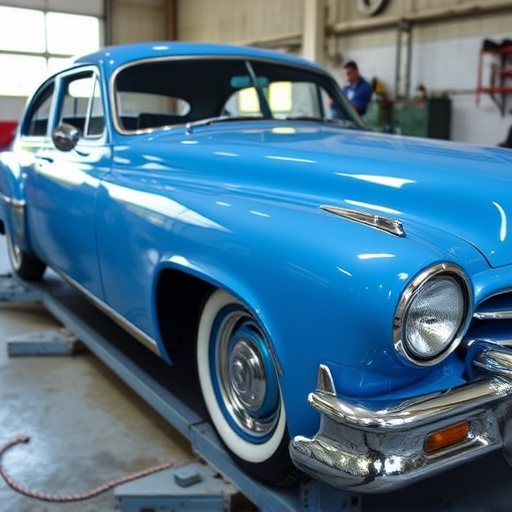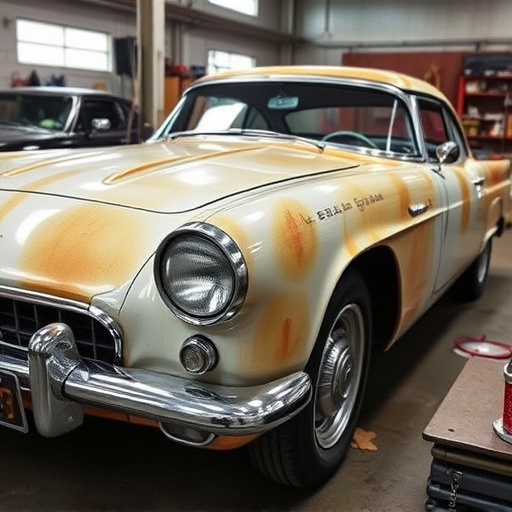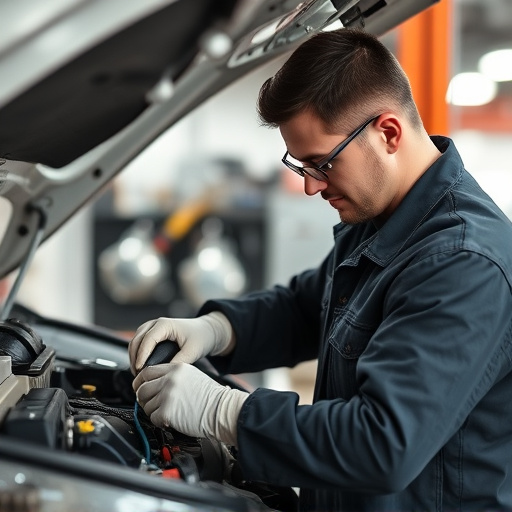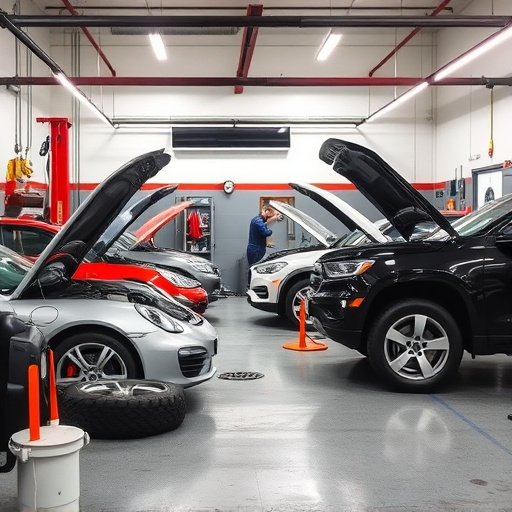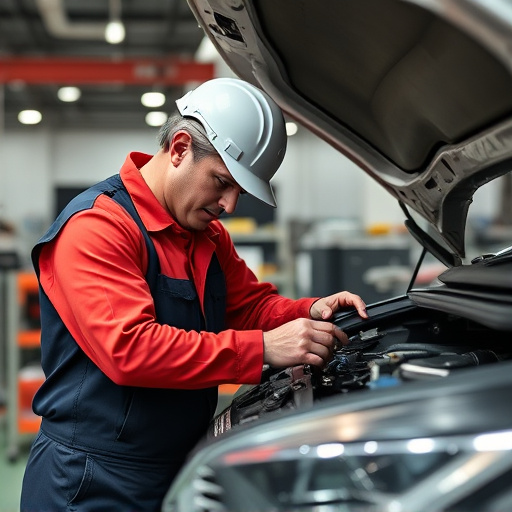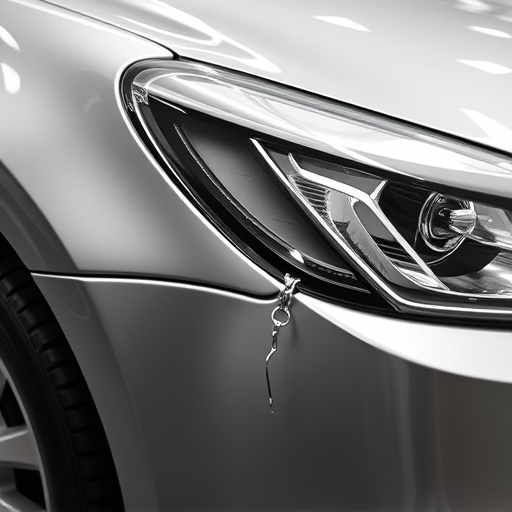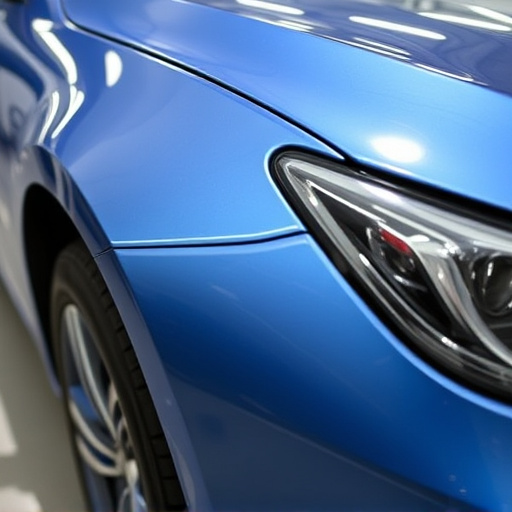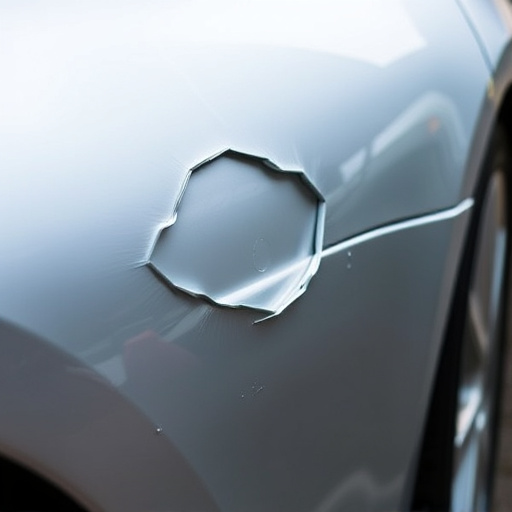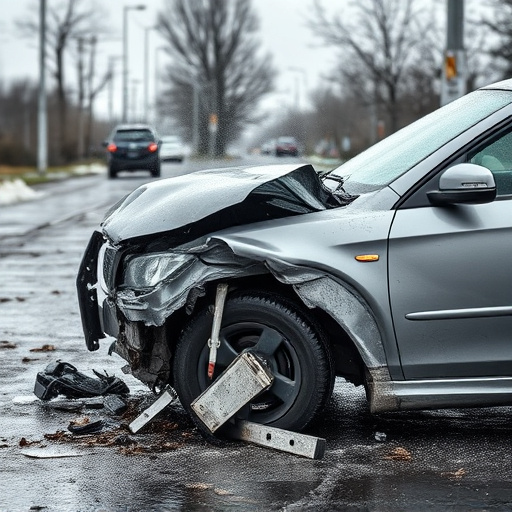Mercedes structural adhesive plays a vital role in ensuring the safety and integrity of Mercedes vehicles by connecting diverse car parts, enhancing stability, and offering superior durability, heat resistance, and long-term adhesion. Its application is a meticulous process guided by OEM manuals, emphasizing surface preparation, masking, careful application, and cure times for optimal bonding strength. Strict adherence to these guidelines, along with best practices in preparation, cleanliness, and precision, ensures quality repairs while prioritizing safety through proper training and protocols for technicians and customers.
Mercedes owners know the brand’s precision craftsmanship and reliability. Maintaining that standard with repairs, especially using structural adhesives, is crucial. This guide explores the application of Mercedes structural adhesive, highlighting its key role in ensuring structural integrity and long-lasting repairs. We’ll walk through the process step-by-step, following OEM repair guides to guarantee a high-quality, safe outcome. Learn best practices for using this advanced adhesive to preserve your Mercedes’ value and performance.
- Understanding Mercedes Structural Adhesive: Its Role and Benefits
- The Application Process: Step-by-Step Guide Following OEM Repair Guides
- Ensuring Quality and Safety: Best Practices for Using Mercedes Structural Adhesive
Understanding Mercedes Structural Adhesive: Its Role and Benefits
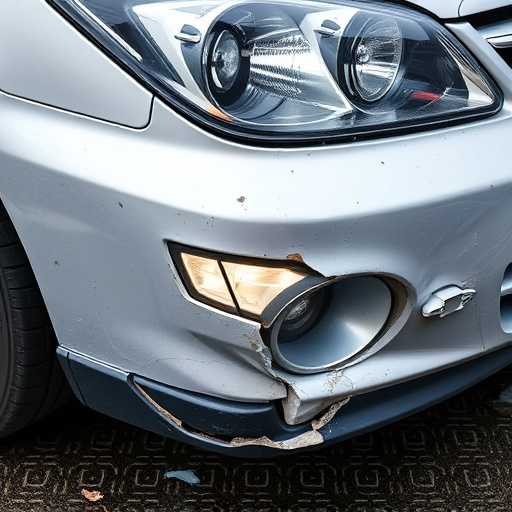
Mercedes structural adhesive plays a critical role in maintaining the integrity and safety of Mercedes vehicles. This specialized adhesive is designed to bond various components within a car’s structure, from body panels to chassis parts, ensuring they remain securely in place even under extreme conditions. Its primary function during repair processes like frame straightening or tire services is to restore structural stability and prevent future issues.
The benefits of using Mercedes structural adhesive extend beyond mere bonding. It offers superior durability, resistance to high temperatures and chemicals, and excellent long-term adhesion strength. This ensures that car body shops can provide robust repairs that are built to last. By adhering to strict OEM repair guides, professionals guarantee that the vehicle’s original design intent is preserved, enhancing safety and performance for years to come.
The Application Process: Step-by-Step Guide Following OEM Repair Guides
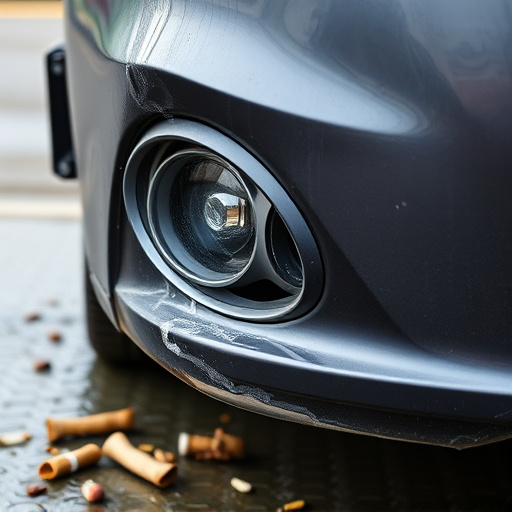
The application process for Mercedes structural adhesive is a meticulous art, guided by stringent OEM (Original Equipment Manufacturer) repair manuals. It begins with preparing the surface, ensuring it’s clean, dry, and free from any contaminants to achieve maximum adhesion. This often involves sanding and degreasing, especially in auto dent repair scenarios where vehicle bodywork needs restoration after an auto collision repair.
Next, the affected area is masked off to prevent unwanted adhesive buildup. Afterward, the Mercedes structural adhesive is carefully applied following precise steps outlined in the OEM guides. This may include using specific tools and techniques to ensure even distribution and adequate coverage. The cure time varies depending on the adhesive and environmental conditions, but it’s crucial to respect these timelines for optimal bonding strength during vehicle bodywork repairs.
Ensuring Quality and Safety: Best Practices for Using Mercedes Structural Adhesive
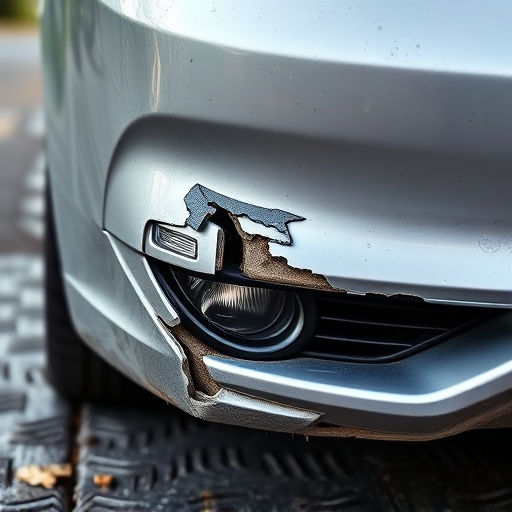
When using Mercedes structural adhesive, adhering to strict OEM (Original Equipment Manufacturer) repair guides is paramount for ensuring both quality and safety in vehicle body repair. These guides provide detailed specifications on the types of adhesives suitable for specific Mercedes models, application techniques, and cure times. Following these guidelines closely helps maintain the structural integrity of the vehicle and ensures that all repairs meet Mercedes-Benz’s high standards.
The best practices for using Mercedes structural adhesive involve preparation, cleanliness, and precision. The repair area must be thoroughly cleaned to remove any contaminants that could compromise adhesion. Using the correct tools and techniques for application and spreading ensures even distribution of the adhesive. Additionally, allowing the adhesive to cure according to the specified time frame is crucial for achieving maximum bonding strength. Proper training in body shop services and adherence to safety protocols are essential when handling adhesives to prevent accidents and ensure the well-being of technicians and customers alike.
Mercedes structural adhesive is a critical component in ensuring the durability and safety of vehicle repairs, specifically for Mercedes-Benz models. By adhering to strict OEM repair guides, professionals can maximize the benefits of this advanced adhesive, including enhanced structural integrity and long-lasting performance. The step-by-step application process, combined with best practices, guarantees high-quality results that meet the exacting standards of Mercedes-Benz vehicles.

